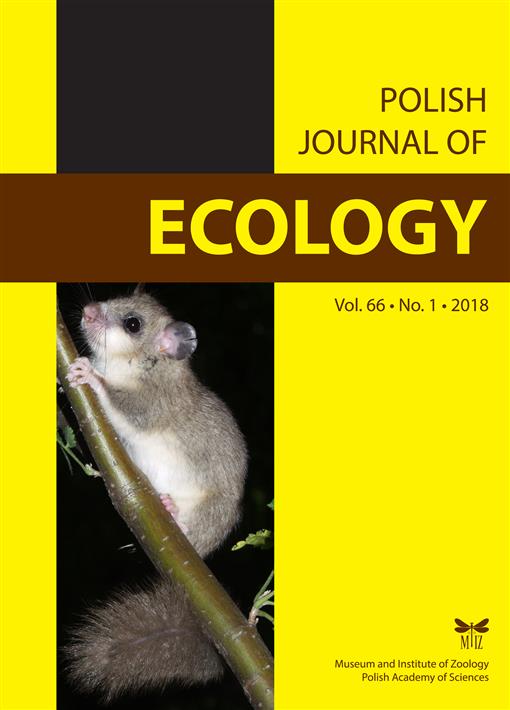In this study, we chose 61 plots along three randomly placed transects in urban and natural areas to examine Paralaudakia caucasia habitat preferences. Ten habitat characteristics found to affect the lizard occurrence were recorded in both habitat types. Based on ANOVA, distance to farmland, height of vegetation cover, percentage of cover of human structures, and slope orientation are significantly different between presence and absence plots. Using Principal Component Analysis, we found that the distance to farmland was the main factor predicted species presence in natural habitats. In urban habitats, the percentage of human structures was more important than other factors in predicting P. caucasia presence. The species is more abundant in regions with a low percentage of human-made structures. Other informative factors for species presence were distance from farmland and distance between refuges for urban and natural populations, respectively. Urban populations of P. caucasia appear to prefer areas outside of the city center, far from human structures, whereas natural populations appear to prefer areas away from villages where they may find higher densities of safe refuges. Isolated rocks in both urban and natural areas have an important role in predicting species presence acting because they act as refuges.
How to translate text using browser tools
1 April 2018
Habitat Preferences of Caucasian Rock Agama Paralaudakiacaucasia (Sauria: Agamidae) in Urban and Natural Habitats in Northeastern Iran
Seyyed Saeed Hosseinian Yousefkhani,
Mansour Aliabadian,
Marco A. L. Zuffi
ACCESS THE FULL ARTICLE

Polish Journal of Ecology
Vol. 66 • No. 1
March 2018
Vol. 66 • No. 1
March 2018




